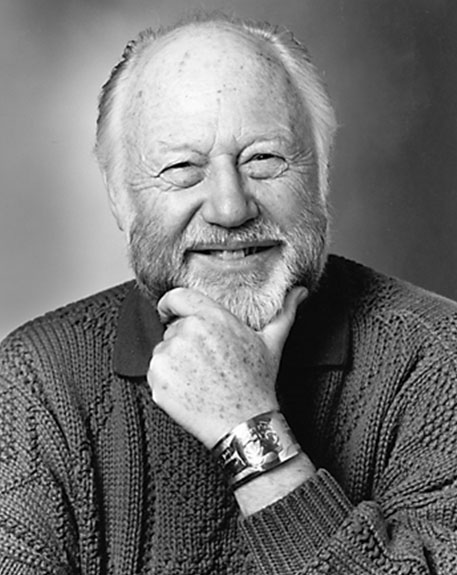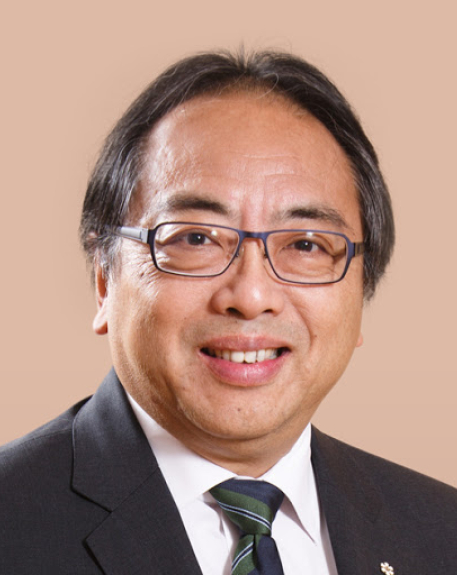2006 INDUCTEE Anthony Pawson, PhD Cells, Genetics & Genomics, Cancer
October 18, 1952
(Maidstone, England)
August 7, 2013
PhD, London University (1976)
2013: Annual Award of the Canadian National Proteomics Network, thereafter named the CNPN-Tony Pawson Proteomics Award
2012: Clarivate Citation Laureate
See All AwardsAwards & Honours:
2013: Annual Award of the Canadian National Proteomics Network, thereafter named the CNPN-Tony Pawson Proteomics Award
2012: Clarivate Citation Laureate
2008: Kyoto Prize
2007: Howard Taylor Ricketts Award from University of Chicago
2007: Premier's Summit Award
2006: Order of the Companions of Honour
2005: Wolf Prize in Medicine
2005: The Royal Medal from The Royal Society of London
2004: Louisa Gross Horwitz Prize from Columbia University
2004: Poulsson Medal, the Norwegian Society of Pharmacology and Toxicology
2004: Associate of the National Academy of Sciences
2004 Member of the American Academy of Arts and Sciences
2002: Prix Galien Canada
2000: Officer of the Order of Canada
2000: J. Allyn Taylor International Prize in Medicine
2000: Killam Prize for the Health Sciences
1998: Canadian Institutes of Health Research Distinguished Scientist Award
1998: Dr. H.P. Heineken Prize. Royal Netherlands Academy of Arts and Sciences
1998 The Royal Society of Canada Flavelle Medal for meritorious achievement in biological science
1998: Pezcoller-AACR International Award for Cancer Research
1995: Robert L. Noble Prize, National Cancer Institute of Canada
1994: Gairdner Foundation International Award
1994: Fellow of the Royal Society of London
1994: Fellow of the Royal Society of Canada
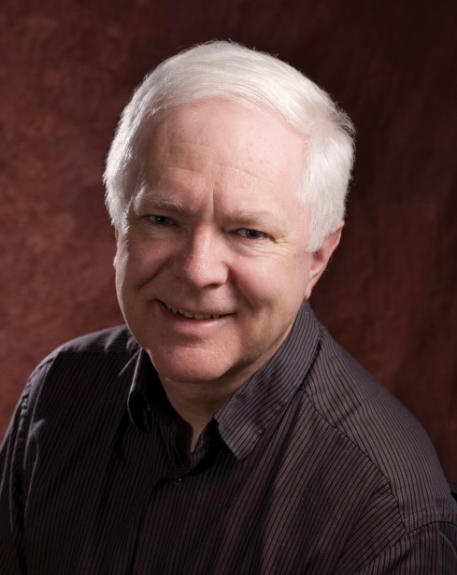
Transformed our understanding of cell communication
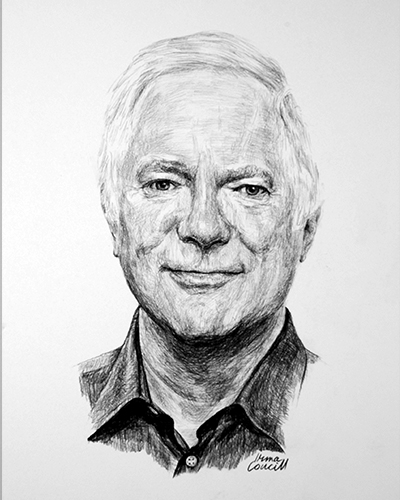
A cutting-edge leader in the field of cell biology
Dr. Pawson's ground-breaking studies have focused on the signals that are transmitted between cells in the human body and how these forms a pattern of communication. By understanding cellular communication, scientists can track how the pattern of communication can “breakdown” in conditions such as heart disease and immune system deficiencies.
His contributions also extend to the field of cancer research. He discovered that a certain protein molecule plays a critical role in transmitting cancer-inducing signals in malignant cells.
Key Facts
Revealed the fundamental principle of cellular organization
Facilitated the imaging of dynamic cellular processes
Served as Editor of Process in Biophysics and Molecular Biology and the Journal of Cellular Physiology
Authored more than 450 scientific papers and is among the world’s most frequently cited scientists in biomedical research
Professional timeline
Impact on lives today
Dr. Pawson’s legacy lays in his important conceptual advances in the understanding cell biology. His research revolutionized the understanding of signal transduction that gave scientists a solid grasp of the fundamentals of cell organization and communication. From these insights, countless studies can proceed for future innovation. Moreover, his contributions continue to have tangible impacts on the lives of patients whose treatments would not have been possible without Dr. Pawson’s work. These include Gleevec, Herceptin and Avastin, drugs all used in the treatment of cancer. Significantly, because these drugs are better targeted to address specific issues, they cause fewer negative side effects than conventional chemotherapy.
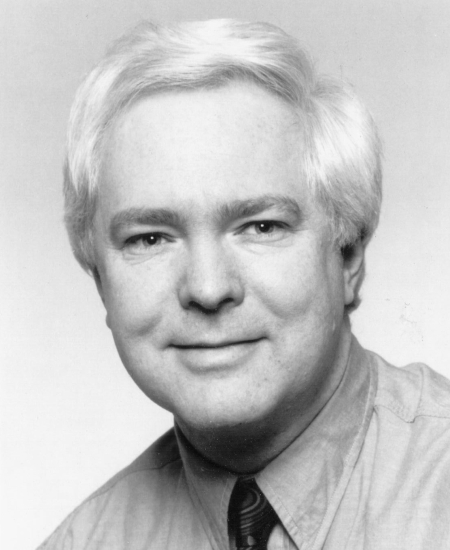
2006
-
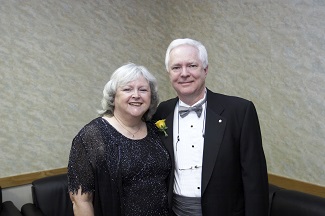
Anthony Pawson inducted into the Canadian Medical Hall of Fame
Edmonton, Alberta
-

Became head of the programme in Molecular Biology and Cancer at the Lunenfeld Research Institute
Cells, Genetics & Genomics, Cancer, Leadership in Organizational DevelopmentIn 2002, he became its Director of Research.
-
Dr. Pawson developed the concept of signaling proteins and identified the Src homology 2 (SH2) domain as the prototypic protein-interaction module
Cells, Genetics & GenomicsThis research on protein interactions transformed the thinking of how cells communicate.
-

Moved to Toronto to join the Department of Medical Genetics at the University of Toronto
Cells, Genetics & GenomicsAt the same time, he became Senior Scientist at the Samuel Lunenfeld Research Institute, Mount Sinai Hospital in Toronto. He was one of the first appointments in the hospital’s molecular and developmental biology division.
-

After completing a postdoctoral research fellowship in the Department of Zoology, Dr. Pawson came to Canada
Cancer, Cells, Genetics & Genomics, Health and Medical Education & TrainingHe became Assistant Professor in the Department of Microbiology and the University of British Columbia. At UBC, Dr. Pawson expanded his work on proteins to include the study of proteins that had the potential to cause cancer. His lab produced many important papers during this time.
-
After graduating from London University, Dr. Pawson travelled to the United States
Infectious Disease, Allergy & ImmunityHe became a postdoctoral research fellow at the University of California, Berkeley in the Molecular and Virus Laboratory. There, Dr. Pawson began work on the protein products of avian retroviruses.
1976
You have to have a passionate desire to understand.

